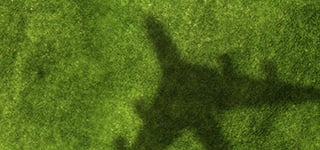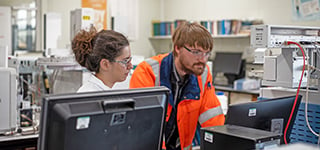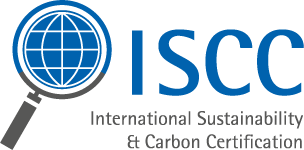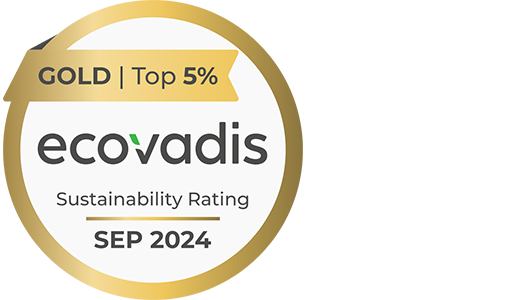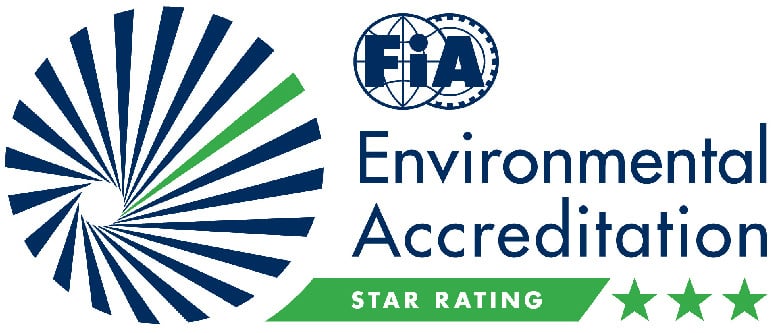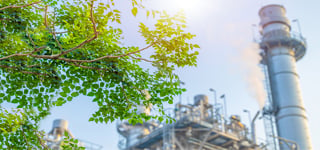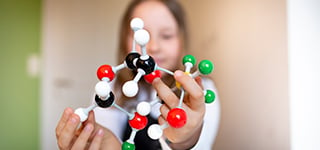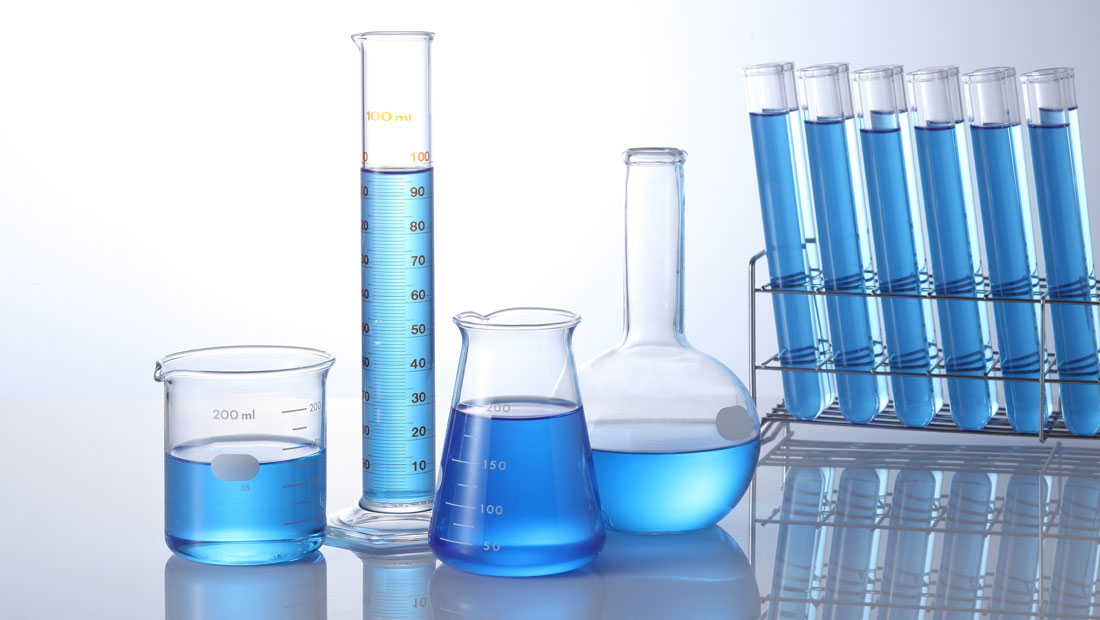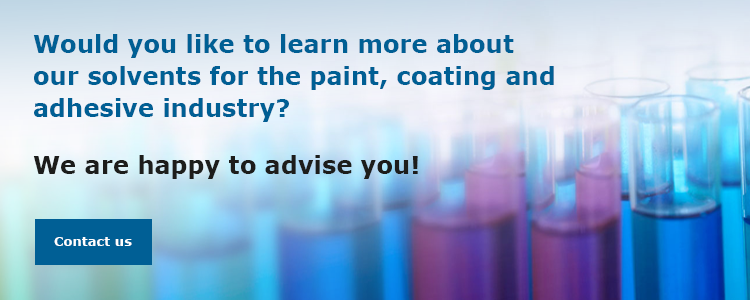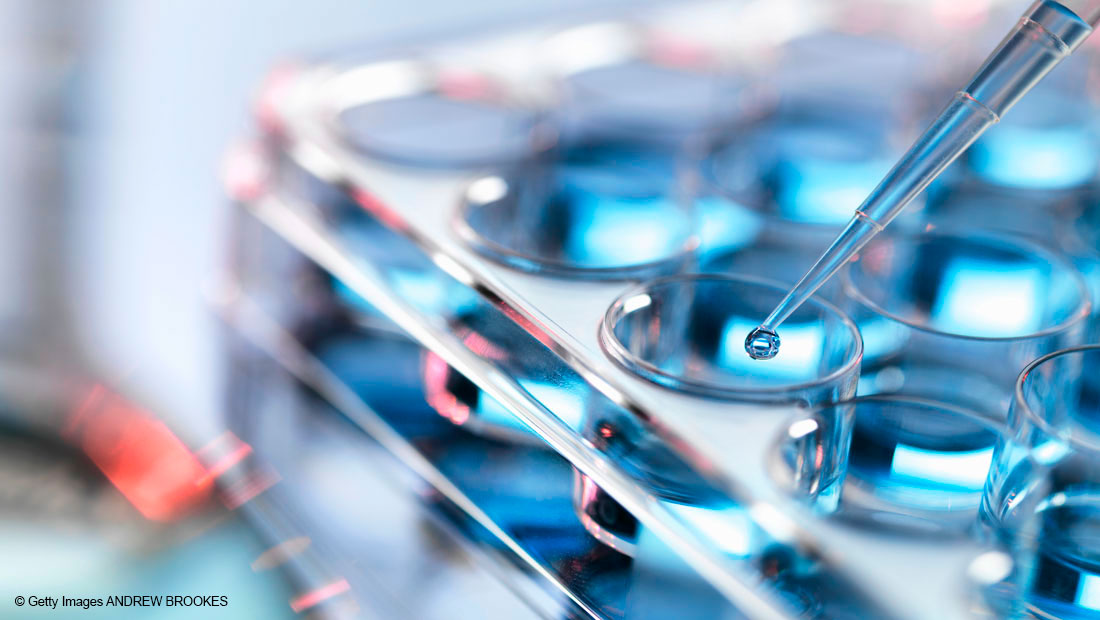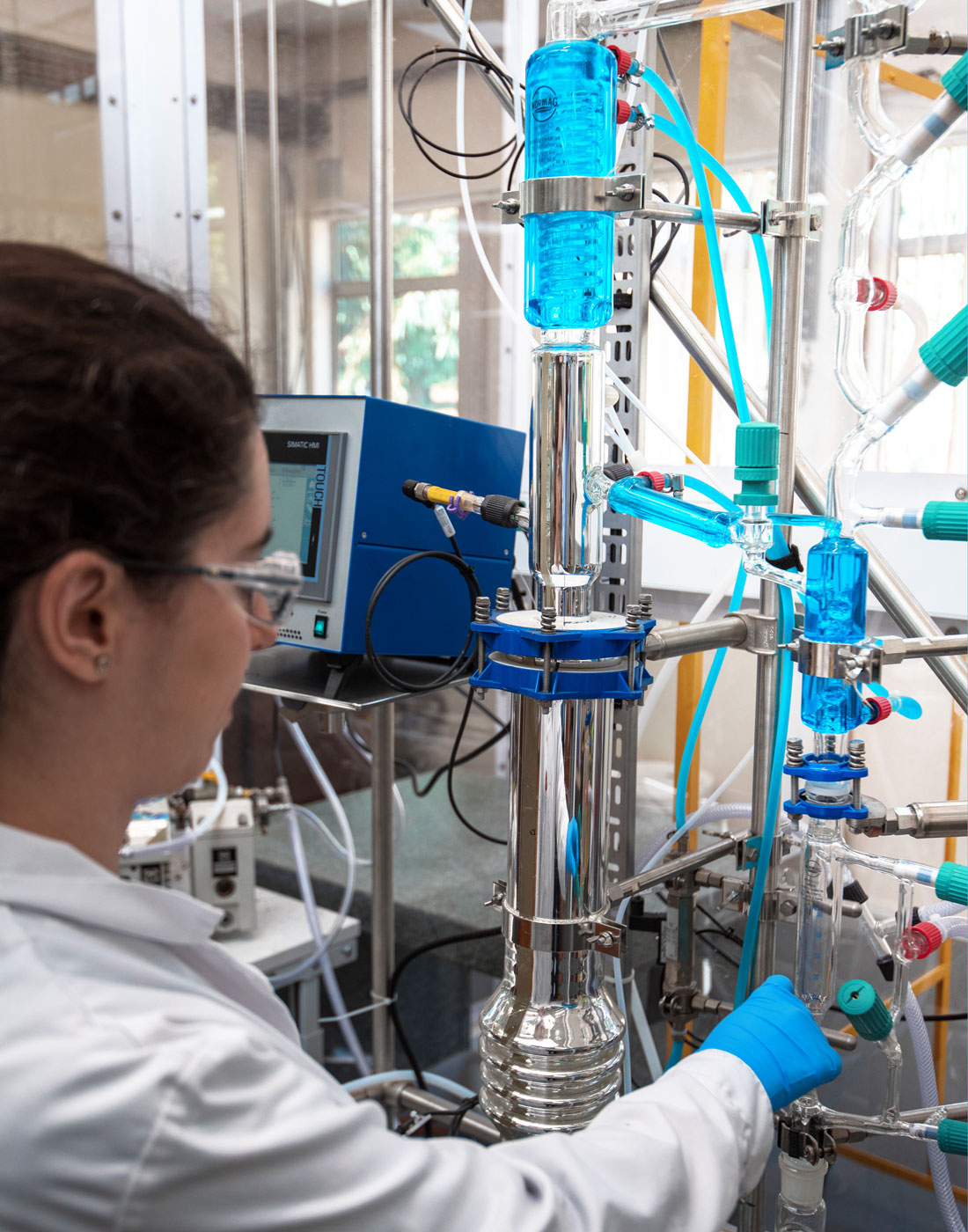Market requirements for the paint, coating and adhesive industry

Solvents play an important role in industrial production. They are mainly used in the paint and coating, printing ink and adhesive industries. The demands are clearly defined.
High quality solvents must above all
- be free from harmful aromatic compounds
- show a consistent purity and
- do not contain unsaturated compounds.
As a long-standing partner, Haltermann Carless meets the requirements of its’ customers in the paint, coating and adhesives industry and convinces as a qualified manufacturer with high-quality solvents for the various application needs.
Advantages of our solvents for the paint, coating and adhesive industry:
- Free from aromatics
- No unsaturated compounds
- Purity of 95 % and 99 %
- Consistent quality
- Extensive monitoring of the production process
- Certification: ISO 9001, ISO 14001 and ISO/IEC 17025 (Hamburg laboratory)
- "Made in Germany" - manufactured in Germany
- Worldwide distribution
- Alternative to Tuluol and Xylene
The paint and coating industry
The paint and coatings industry is an important economic sector worldwide. In Europe alone, there are over 800 paint and varnish manufacturers with an annual turnover of more than 17 billion euros. The portfolio is very extensive and includes everything from classic building paints and plasters to state-of-the-art industrial coating materials and bright printing inks. Automotive series and car refinishing paints are just as much a part of the industry as window coatings or effective corrosion protection for bridges, ships and steel girders.
Market studies expect annual global growth averaging
4 % up to 2025 for the paint and coating market.
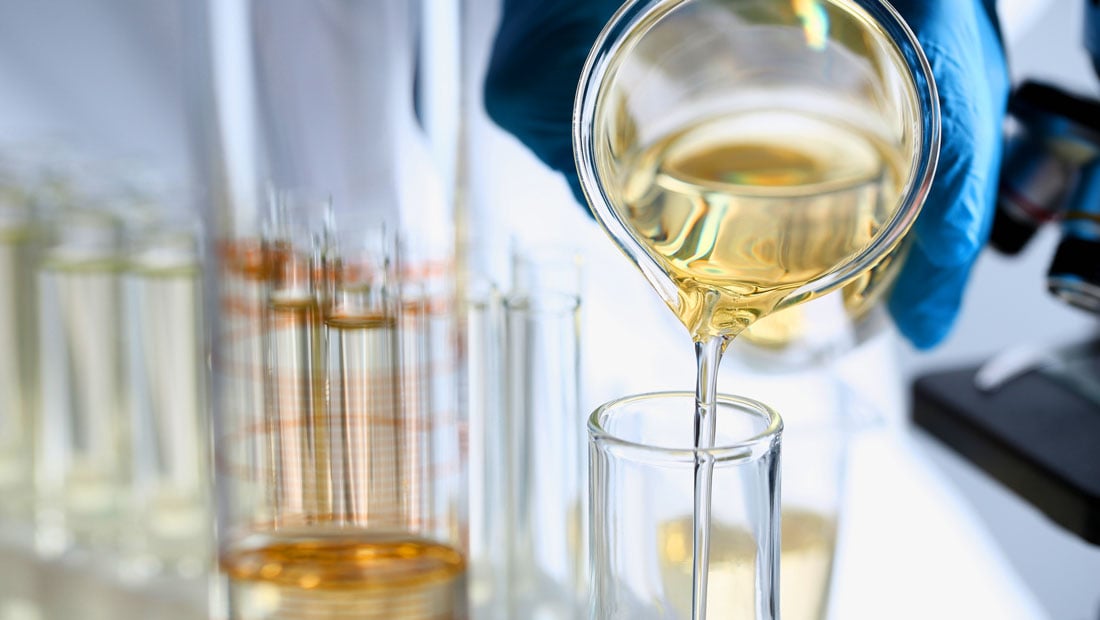
Adhesives industry
Another important industrial pillar is the adhesives industry, which has a wide range of applications. This includes markets such as construction, electrical & electronics, automotive, wood & furniture, adhesive tapes, adhesives for household, hobby & office, medicine & medical technology, paper & packaging adhesives, shoes & leather or soft foam processing.
These multiple applications has led there to be more than 250,000 different adhesive formulations worldwide, whose performance profiles are determined by the respective application. By modifying base materials, adding additives, etc., these adhesives are bespoke developments, which achieve the perfect composition for a wide variety of end applications.
Solvents are used in a variety of adhesive types, for example in adhesives based on polychloroprene (CP), polyurethane (PUR, PU), acrylate, silicone, plastisol/polyvinyl chloride copolymers (PVC), polyvinyl acetate, polyvinyl alcohol, nitrocellulose, styrene-butadiene rubber or butadiene-acrylonitrile rubber.
Approximately 5 million tonnes of adhesives and sealants are produced and used in Europa each year. Adhesive manufactures offer more than 250,000 different products for the most diverse applications.


